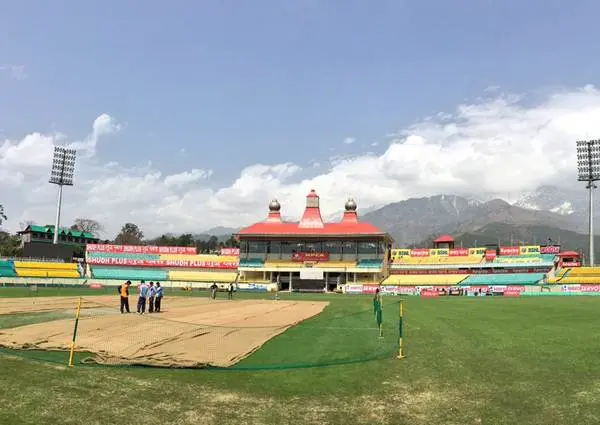All the venues for the upcoming ICC Cricket World Cup 2023, which will be conducted in India in October-November of this year, will be upgraded prior to the tournament.
The venues for the World Cup matches are as follows: Ahmedabad, Chennai, Mumbai, Dharamsala, Delhi, Pune, Bengaluru, Hyderabad, Lucknow, and Kolkata. Meanwhile, the warm-up contests will be played in Guwahati and Thiruvananthapuram stadiums.
Notably, each stadium would receive INR 50 billion to refurbish its facilities in preparation for the championship event. The Board of Control for Cricket in India (BCCI) has allocated more than 500 billion Indian rupees (INR) to the ten World Cup venues. The iconic Wankhede Stadium in Mumbai will host four group stage and one semifinal match. The stadium will be upgraded with new LED illumination, renovated corporate boxes, and renovated restrooms.
In addition, the Bharat Ratna Shri Atal Bihari Vajpayee Ekana Cricket Stadium in Lucknow, which will host India’s match against England, will have its outfield resurfaced, and the iconic Eden Gardens in Kolkata will have its dressing rooms upgraded, according to The Indian Express.
The Himachal Pradesh Cricket Association (HPCA) Stadium in Dharamsala will receive an outfield with imported grass, while the Maharashtra Cricket Association Stadium in Pune will receive a new temporary roof. During this time, the Arun Jaitley Stadium in Delhi will receive an upgraded ticketing system and enhanced restrooms.
Additionally, the MA Chidambaram Stadium in Chennai will be fitted with new LED lighting and will feature two red soil fields.
HPCA Stadium in Dharamsala undergoes a significant renovation
According to a press release from the Himachal Pradesh Cricket Association, the HPCA Stadium in Dharamsala has undertaken extensive renovations. It is anticipated that the stadium will host five World Cup matches, including India’s match against New Zealand.
The HPCA Stadium has a new drainage system with 6,000 metres of speciality pipes and an air-evacuation system that can rapidly remove excess rainwater. On the stadium’s outfield, cold-adapted ryegrass, river sediment, and gravel evaluated in a laboratory in Scotland were utilised. Ryegrass was initially seeded in the winter at temperatures between 3 and 15 degrees Celsius, and it was combined with Paspalum grass, which is shade-tolerant.






 Win Projections to be updated soon
Win Projections to be updated soon
























